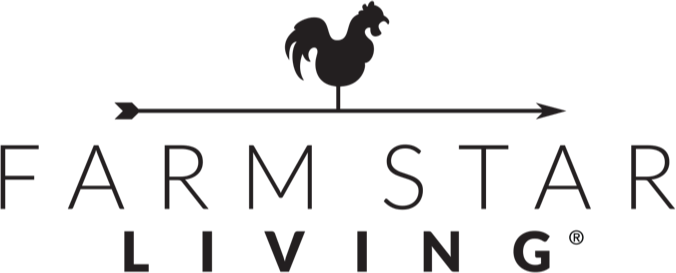
Health Benefits:
Aids in digestion
Anti aging
Anti fungal
Anti inflammatory
Anti viral qualities
Aphrodisiac
Fights free radicals
Helps control LDL cholesterol levels
Improves hair skin and nails
Increases Sex Hormones & Orgasm
May reduce cholesterol
May reduce risk of Alzheimer
May reduce risk of diabetes
May regulate blood sugar
Pain reliever
Relieves PMS
Relieves sore throat
Nutrition:
Serving size: 1 tsp; Calories: 6; Fat: 0g; Cholesterol: 0mg; Sodium: 0mg; Carbs: 2.1g; Fiber: 1.2g; Sugars: .1g; Protein: .1g; Potassium: 0%DV; Vitamin A: 0%DV; Vitamin C: 0%DV; Calcium: 2%DV; Iron: 1%DV
Did You Know?
- Cinnamon is the tree, the bark is used to make the spice.
- The best cinnamon is Ceylon cinnamon, from Sri Lanka. Cessia is the most common form today
- Cinnamon is rich in fiber, manganese, iron, and calcium.
Ways to Eat:
- In curry
- On apples
- On desserts
- In hot chocolate
- With sugar on toast
- On oatmeal
Farming Trivia:
- Native to Asia, cinnamon has been used since 2,800 BCE - it was one of the first traded spices in history!
- The spice is obtained from the inner bark of the tree. To get it, the outer bark is shaved off and the branch is hit with a hammer to loosen the inner bark.
- Sri Lanka produces most of the world's cinamon.
Note: Always consult a physician for any specific health questions and concerns. Some of this information may be subject to change should there be any new findings from Federal Health Administration (FHA), Food & Drug Administration (FDA), American Medical Association (AMA), American Cancer Society (ACS), and / or other leading food, nutrition and medical advisors.

